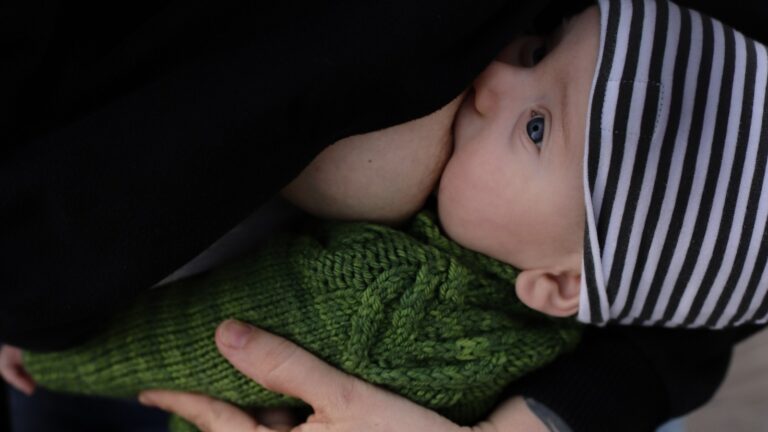A dermatoscope is an instrument typically used by dermatologists to provide magnified images of skin lesions for easier diagnosis. Two Israeli researchers have discovered that this tool is also useful for quickly diagnosing the causes of pain during breastfeeding.
In an article published in the clinical research journal Breastfeeding Medicine, Ben-Gurion University of the Negev (BGU) scientists detail how using a dermatoscope for examining nursing women’s breasts is an important advance for rapidly and accurately identifying the factors responsible for nipple pain that can cause mothers to give up on nursing.
“It is well recognized that breastmilk provides optimal nutrition and immunological protection for infants. However, many women experience nipple pain or soreness, which is one of the most common reasons they stop breastfeeding,” explained Dr. Sody Naimer of BGU’s department of family medicine and Prof. Ze’ev Silverman of the department of physiology and cell biology.
“Prompt evaluation and diagnosis is crucial for identifying the cause of this pain so that a new mother can resume breastfeeding,” they continued. “A superficial breast exam with a traditional direct inspection is clearly inadequate for this task.”
Naimer also sees patients in two Clalit Health Services clinics in Israel and has previously authored studies on using the dermatoscope for other purposes, such as diagnosing pediatric eye conditions.
A reference for breast examiners
A dermatoscope, which enlarges and illuminates an area of the skin to obtain an optimal image for diagnosis, is an easily adaptable existing technology that requires little training at a reasonable cost, Naimer and Silverman say.
The tool can provide 10-fold magnification and a three dimensional image, without distortion, to distinguish conclusively between normal and abnormal tissue. The dermatoscope can help identify causes of nipple pain ranging from asymptomatic candida infection to extremely painful minute lesions.
“Improved wound surveillance and standardization for purposes of research documentation are additional benefits anticipated with the use of breast dermoscopy,” the researchers said.
The authors stated that they hope broader adoption of this readily available method for observing an area suspected of causing discomfort will lead to more correct, targeted clinical appraisals of nursing-related nipple pain.
“Our eventual aim is to prepare an atlas with the full spectrum of normal and pathological states that any physician or health practitioner who joins the community of breast examiners can use as a reference,” Naimer and Silverman concluded.
















